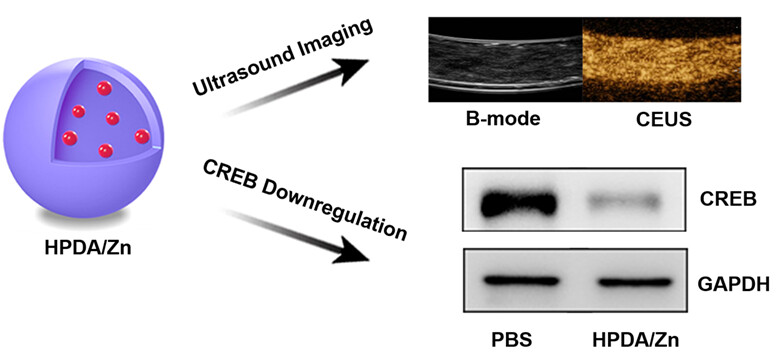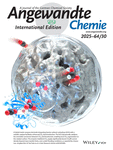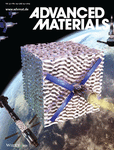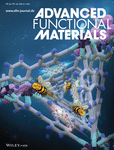Journal list menu
Export Citations
Download PDFs
Cover Picture
Cover Picture
- Page: 133
- First Published: 15 December 2022

Due to the unique advantages of light weight, flexibility, stretchability and biocompatibility, organic solar cells have great commercial application prospects in the fields of wearable and portable electronics. Based on miscibility and crystallinity considerations, Long Ye and co-workers proposed an effective strategy to simultaneously improve device efficiency, mechanical robustness, and stability of all-polymer organic solar cells by refining the aggregation and crystallization behaviors of polymerized Y-series acceptors. This work heralds a bright future of all-polymer systems for flexible wearable energy-harvesting applications. More details are discussed in the article by Ye et al. on page 159—166.
Inside Cover Picture
Inside Cover Picture
- Page: 134
- First Published: 15 December 2022
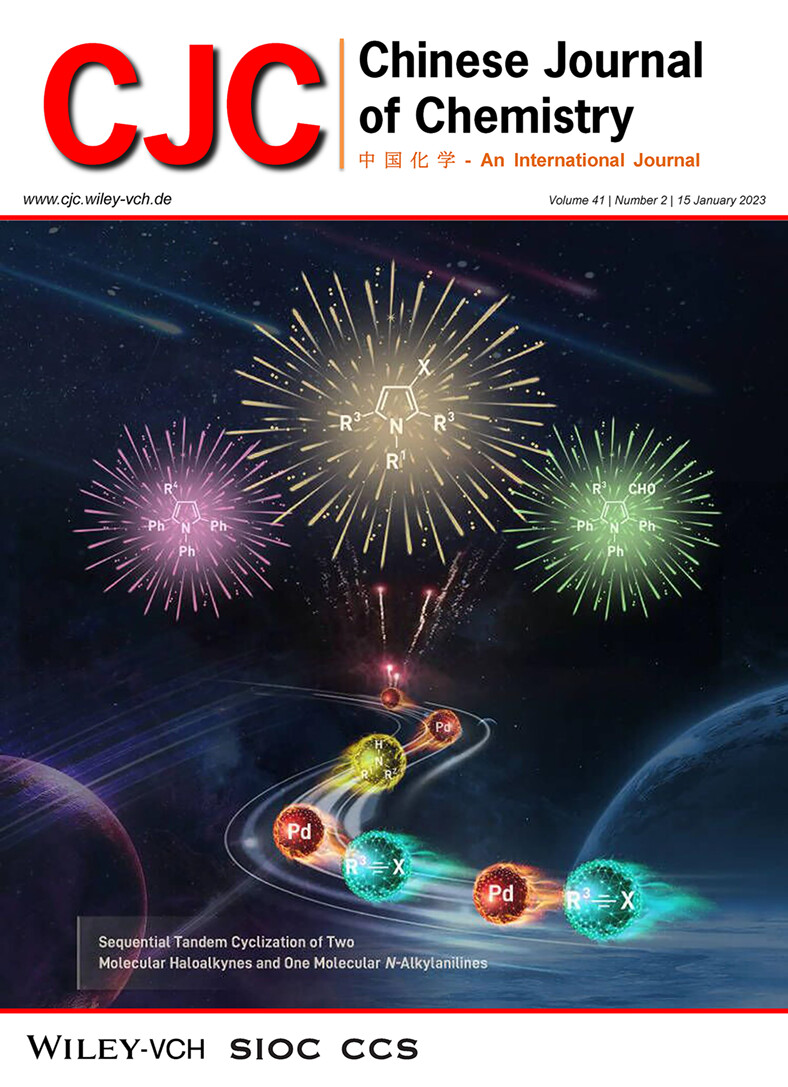
This cover picture describes a novel palladium-catalyzed three-component tandem cyclization reaction between two molecular haloalkynes and one molecular N-alkylaniline for the efficient assembly of 3-halopyrroles. This protocol involves the sequential conversions of two carbon-carbon triple bonds and one carbon-halogen bond in two molecular haloalkynes and features convenient operation, high chemo- and regioselectivites, and good functional group tolerance. In addition, different derivatizations of the newly formed bromopyrroles afford diverse functionalized pyrrole derivatives, demonstrating the practicability of this method. More details are discussed in the article by Wu et al. on page 181—187.
Contents
Concise Reports
Auto Machine Learning Assisted Preparation of Carboxylic Acid by TEMPO-Catalyzed Primary Alcohol Oxidation
- Pages: 143-150
- First Published: 19 September 2022
Chemical Synthesis of an Octasaccharide Derivative Related to Group B Streptococcus Cell-Wall Polysaccharide
- Pages: 151-158
- First Published: 02 October 2022
Simultaneous Optimization of Efficiency, Stretchability, and Stability in All-Polymer Solar Cells via Aggregation Control†
- Pages: 159-166
- First Published: 03 October 2022

We proposed an effective strategy to simultaneously improve device performance, mechanical robustness, and stability of all-polymer solar cells by properly suppressing the aggregation and crystallization behaviors of polymerized Y-series acceptors. The blends based on mixed polymer acceptors exhibited better photovoltaic efficiency than those with a single polymer acceptor and offered better film flexibility and mechanical stretchability.
Catalyst-Free Regio- and Diastereoselective Synthesis of Heterocyclic Nucleosides in the Eco-friendly Solvent 2-Methyltetrahydrofuran†
- Pages: 167-172
- First Published: 10 October 2022
In Situ Synthesis of Cu3P/P-Doped g-C3N4 Tight 2D/2D Heterojunction Boosting Photocatalytic H2 Evolution†
- Pages: 173-180
- First Published: 11 October 2022
Palladium-Catalyzed Tandem Cyclization Strategy for the Assembly of 3-Halo-1,2,5-triarylpyrroles from N-Alkylanilines and Haloalkynes
- Pages: 181-187
- First Published: 12 October 2022

An unprecedented palladium-catalyzed three-component tandem cyclization reaction of haloalkynes and N-alkylaniline has been established for the efficient assembly of 3-halo-1,2,5-triarylpyrroles. This protocol involves the sequential conversions of two carbon-carbon triple bonds and one carbon-halogen bond in two molecular haloalkynes and features convenient operation, high chemo- and regioselectivities, good functional group tolerance and various late-stage modifications.
Convenient Synthesis of Thioester-Substituted Oxindoles by Palladium-Catalyzed Thiocarbonylative Cyclization with Sulfonyl Chlorides as the Sulfur Source
- Pages: 188-192
- First Published: 26 September 2022

A general and straightforward strategy for the synthesis of thioester-substituted oxindoles via a palladium-catalyzed thiocarbonylative cyclization process has been developed. With both aryl and alkyl sulfonyl chlorides as promising sulfur source, a wide range of thioester-substituted oxindoles were obtained in moderate to high yields.
Visible Light-Induced C-5 Selective C—H Radical Borylation of Imidazo[1,2-a]pyridines with NHC-Boranes
- Pages: 193-198
- First Published: 03 October 2022
Comprehensive Reports
HPDA/Zn as a CREB Inhibitor for Ultrasound Imaging and Stabilization of Atherosclerosis Plaque†
- Pages: 199-206
- First Published: 09 October 2022
Coulometric Response of H+-Selective Solid-Contact Ion-Selective Electrodes and Its Application in Flexible Sensors†
- Pages: 207-213
- First Published: 30 September 2022
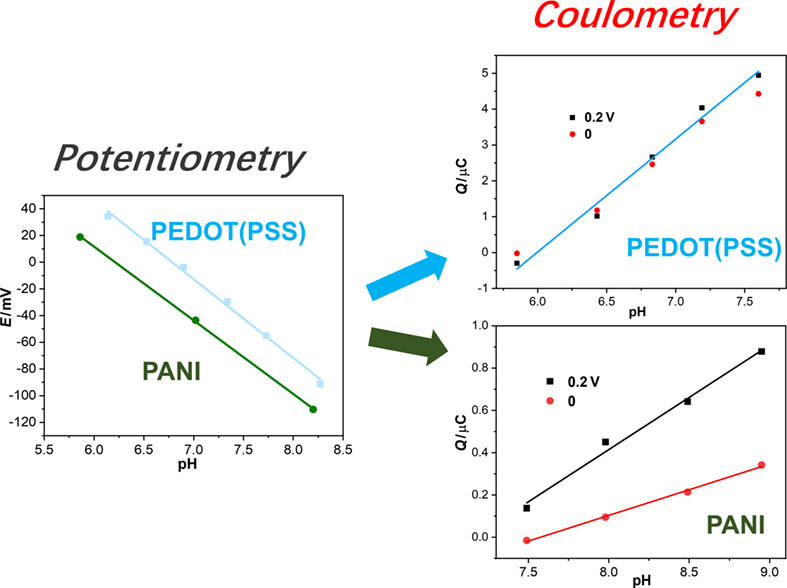
The analytical performance of H+-selective solid-contact ion-selective electrodes (SCISEs) based on solid contact polyaniline doped with chloride (PANI(Cl)) and poly(3,4-ethylenedioxythiophene) doped with poly(styrene sulfonate) (PEDOT(PSS)) was characterized by a developed coulometric signal transduction method. The exceptional behavior of PANI(Cl) H+-SCISEs from coulometric response and impedance spectrum shows that the capacitance estimated from impedance spectrum at low frequency 10 mHz and coulometric signal of PANI(Cl) based SCISEs is influenced by the applied potentials, whereas PEDOT(PSS) solid contact is independent from the chosen applied potentials.
Recent Advances
Recent Advances in Real-Time Analysis of Electrochemical Reactions by Electrochemical Mass Spectrometry†
- Pages: 214-224
- First Published: 23 September 2022
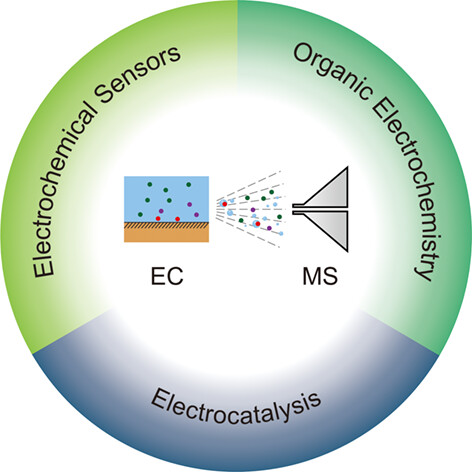
In this review, we introduce the recent advances in electrochemical mass spectrometry (EC-MS) techniques and their applications in real-time analysis and mechanism studies of reactions in electrochemical sensors, organic electrochemistry, and electrocatalysis. We hope this summary will attract the interest of scientists in related areas, who can cooperate and jointly promote the development of this interdisciplinary area.
Functional Poly(ionic liquid) Porous Membranes: From Fabrications to Advanced Applications†
- Pages: 225-236
- First Published: 03 October 2022
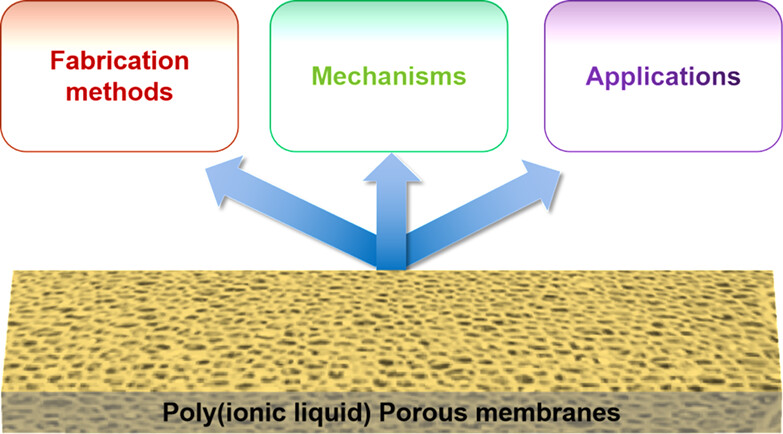
The preparation strategies, structure-property-function relationships and interesting applications of polyelectrolyte porous membrane (PPMs), particularly the advancements in how to tailor structures and properties of PPMs by rational structure design of poly(ionic liquid)s, have been reviewed. The outlook for the future of PPMs is presented.
Critical Reviews
Engineering the Morphologies of Block Copolymer Particles from the Confined Self-assembly within Emulsion Droplets†
- Pages: 237-245
- First Published: 27 September 2022
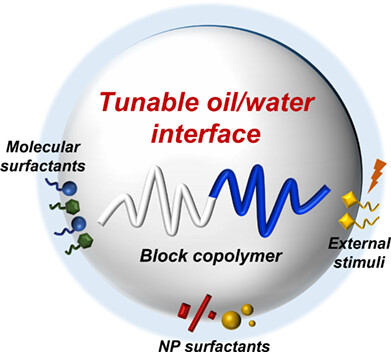
In this review, we summarize the different strategies for designing BCP particles with various morphologies by tuning the interfacial interactions of the BCPs and the surrounding water phase. We hope this summary article can stimulate new ideas and inspire continued endeavors in this promising research area.
Inside Back Cover
Inside Back Cover
- Page: 247
- First Published: 15 December 2022
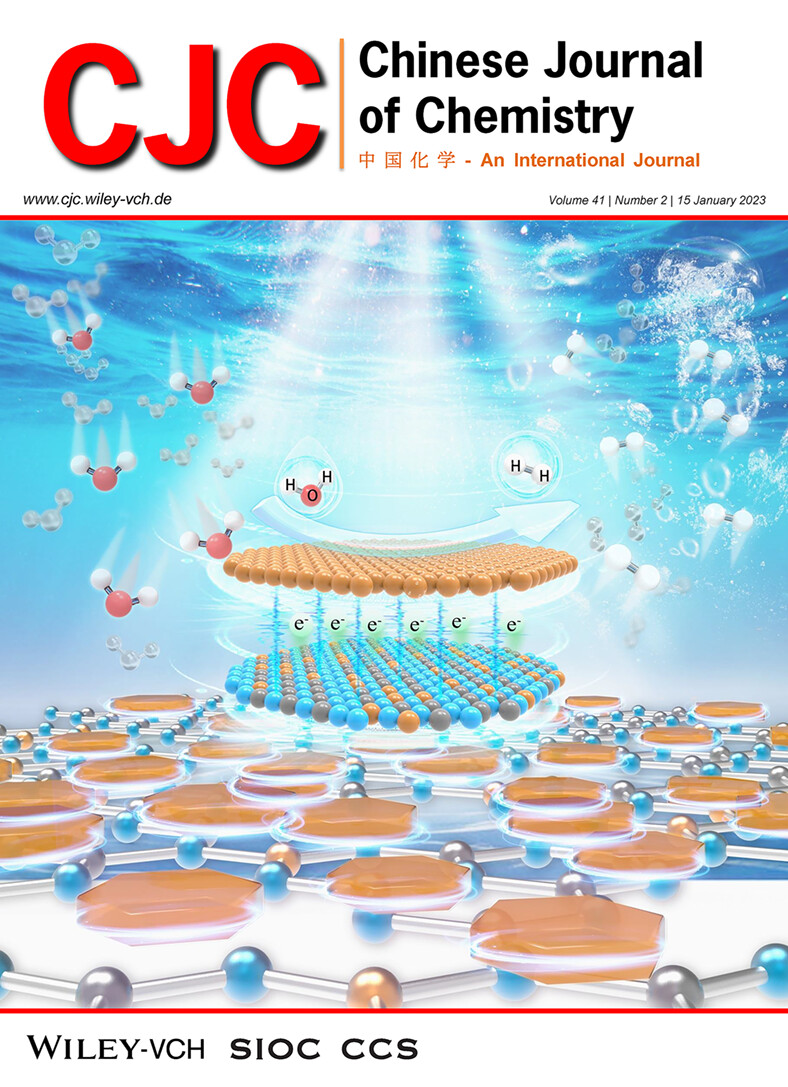
Modulating charge transfer by constructing high-quality interfacial contacts and charge transfer channel is crucial for an efficient photocatalyst. In this work, a novel PCN/Cu3P nanosheet with intimate 2D/2D heterojunction was prepared via in-situ phosphorization. Boosted photocatalytic H2 evolution was achieved due to the smooth charge transfer in the 2D/2D heterojunction. More details are discussed in the article by Liu et al. on page 173—180.
Back Cover
Back Cover
- Page: 248
- First Published: 15 December 2022
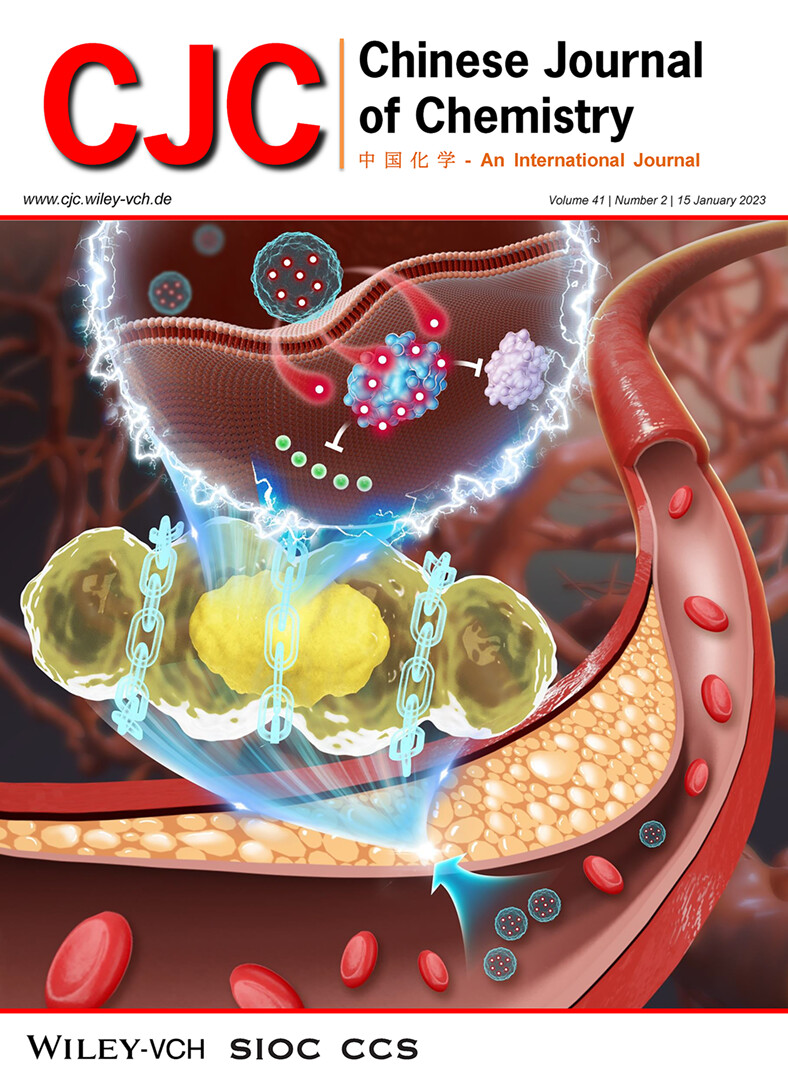
A hollow polydopamine/Zn (HPDA/Zn) ultrasound contrast agent is exploited. In addition to having a good contrast-enhancement capability in ultrasound imaging, HPDA/Zn can also stabilize plaque by inhibiting CREB and reducing plaque-vulnerable markers and inflammatory factors, achieving the treatment of atherosclerosis. More details are discussed in the article by Wu et al. on page 199—206.




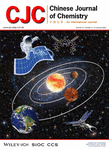
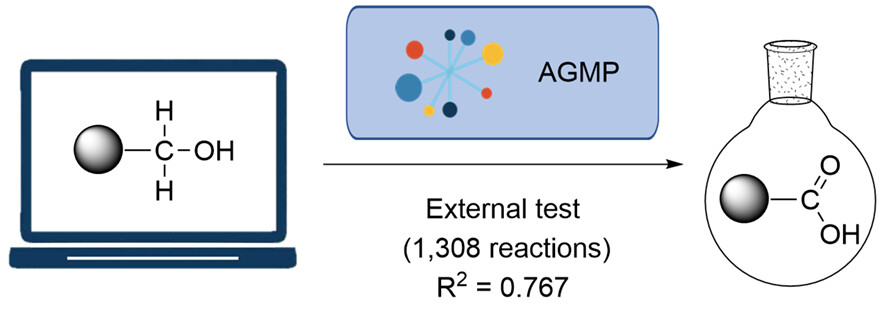


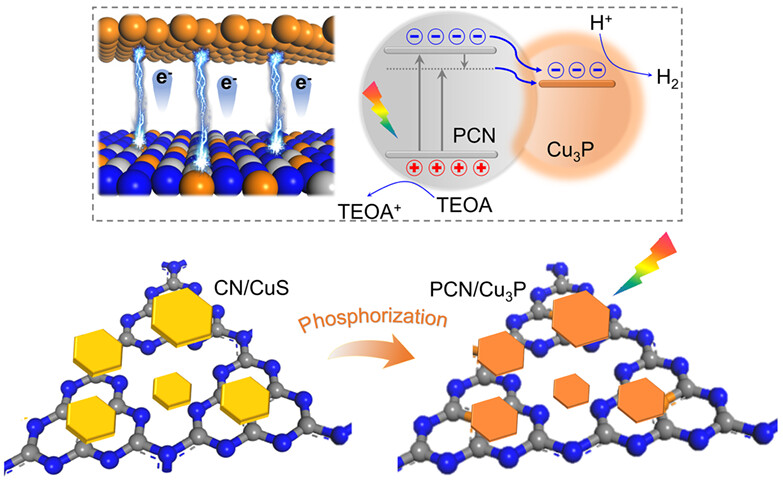
![Visible Light-Induced C-5 Selective C—H Radical Borylation of Imidazo[1,2-a]pyridines with NHC-Boranes](/cms/asset/24aca1be-c8cf-451e-9559-da4ef62a1a55/cjoc202200568-toc-0001-m.jpg)
